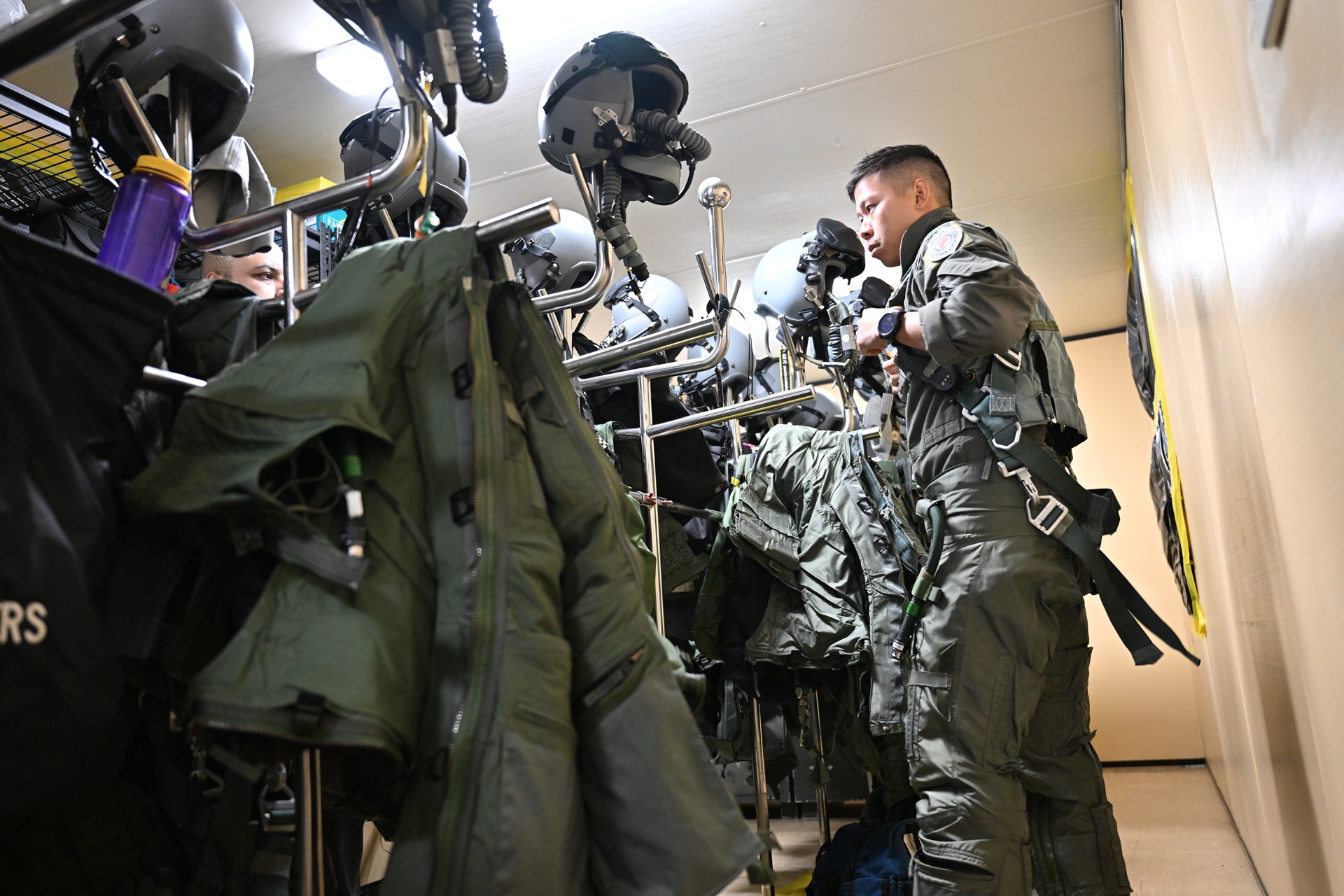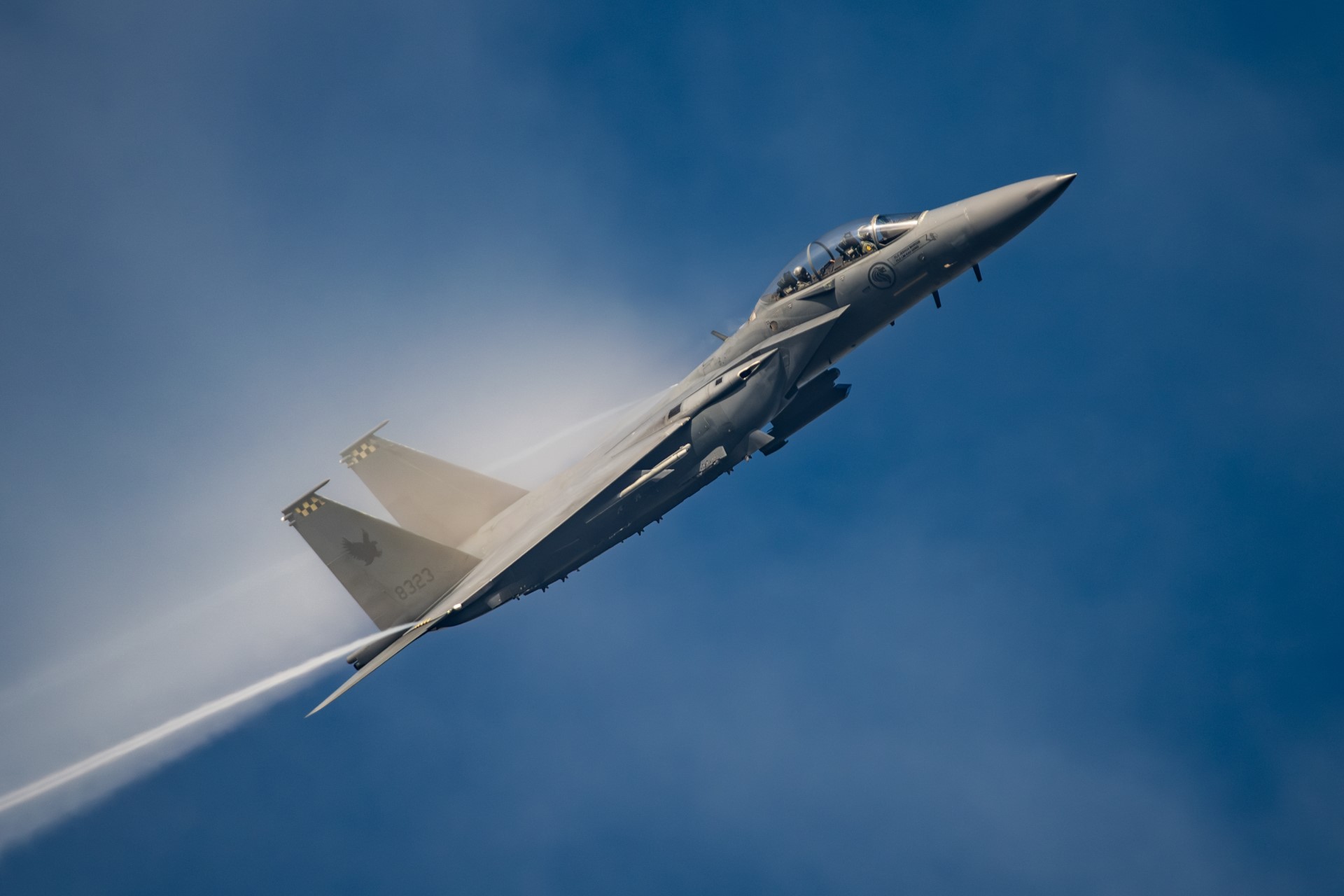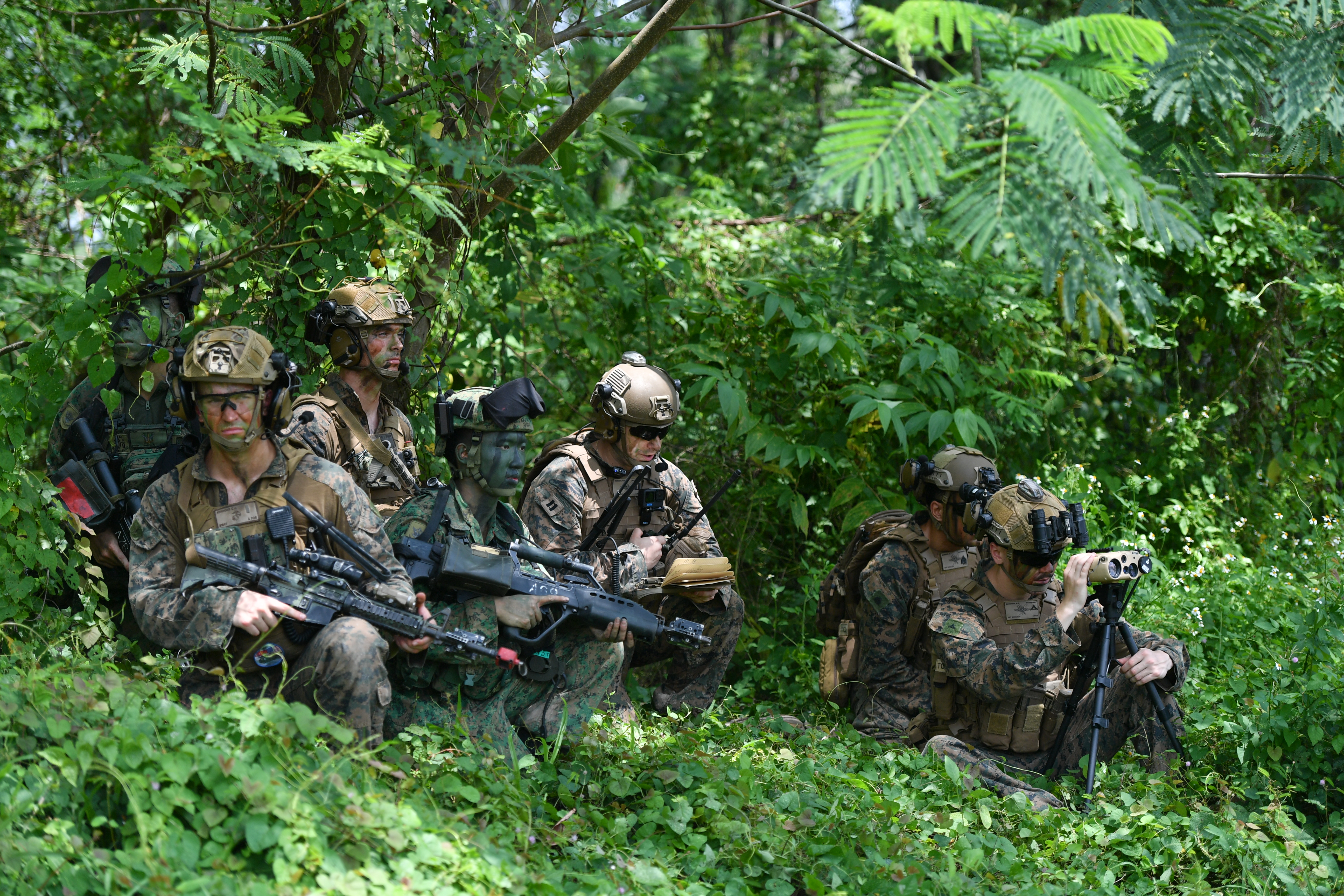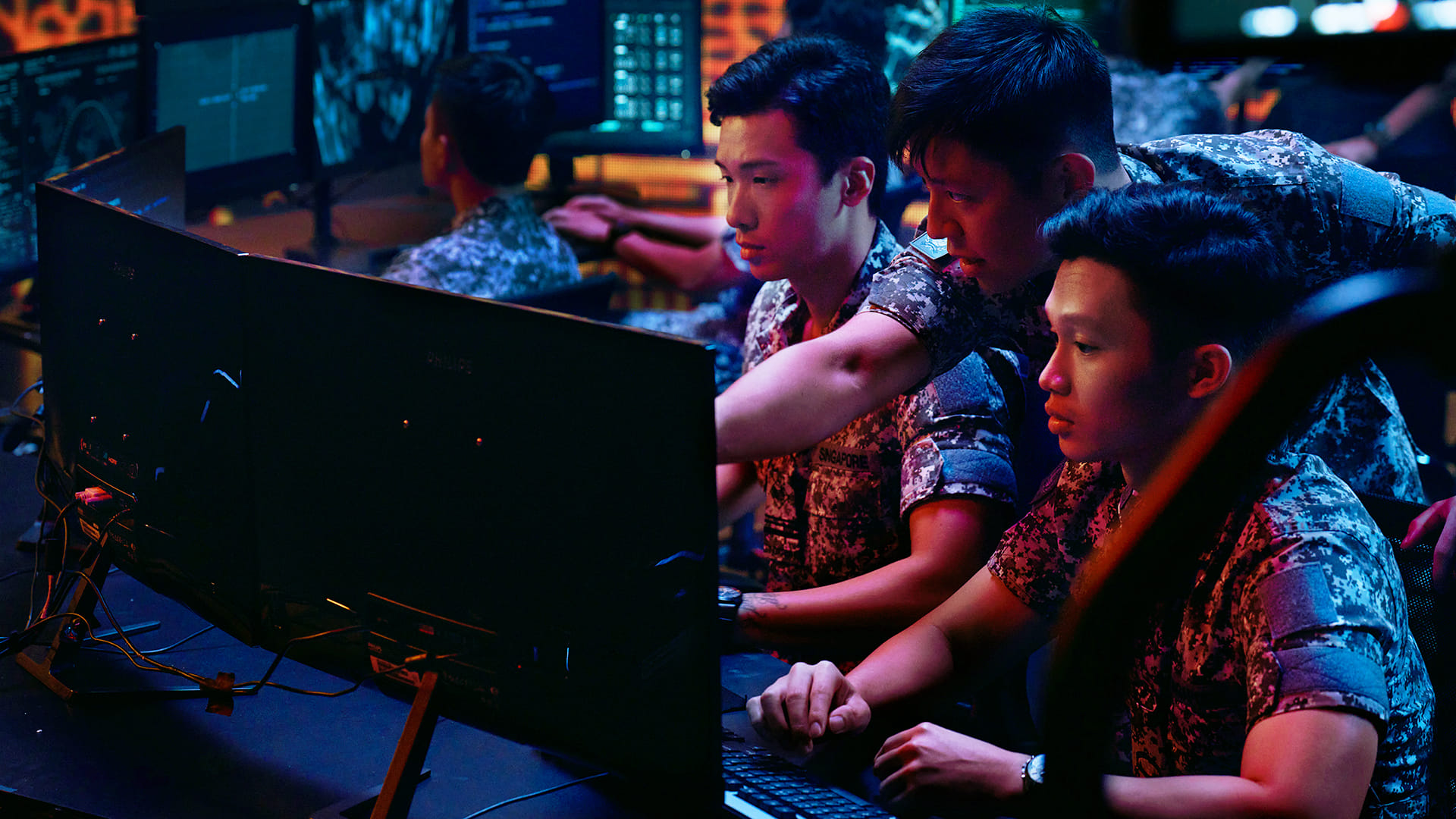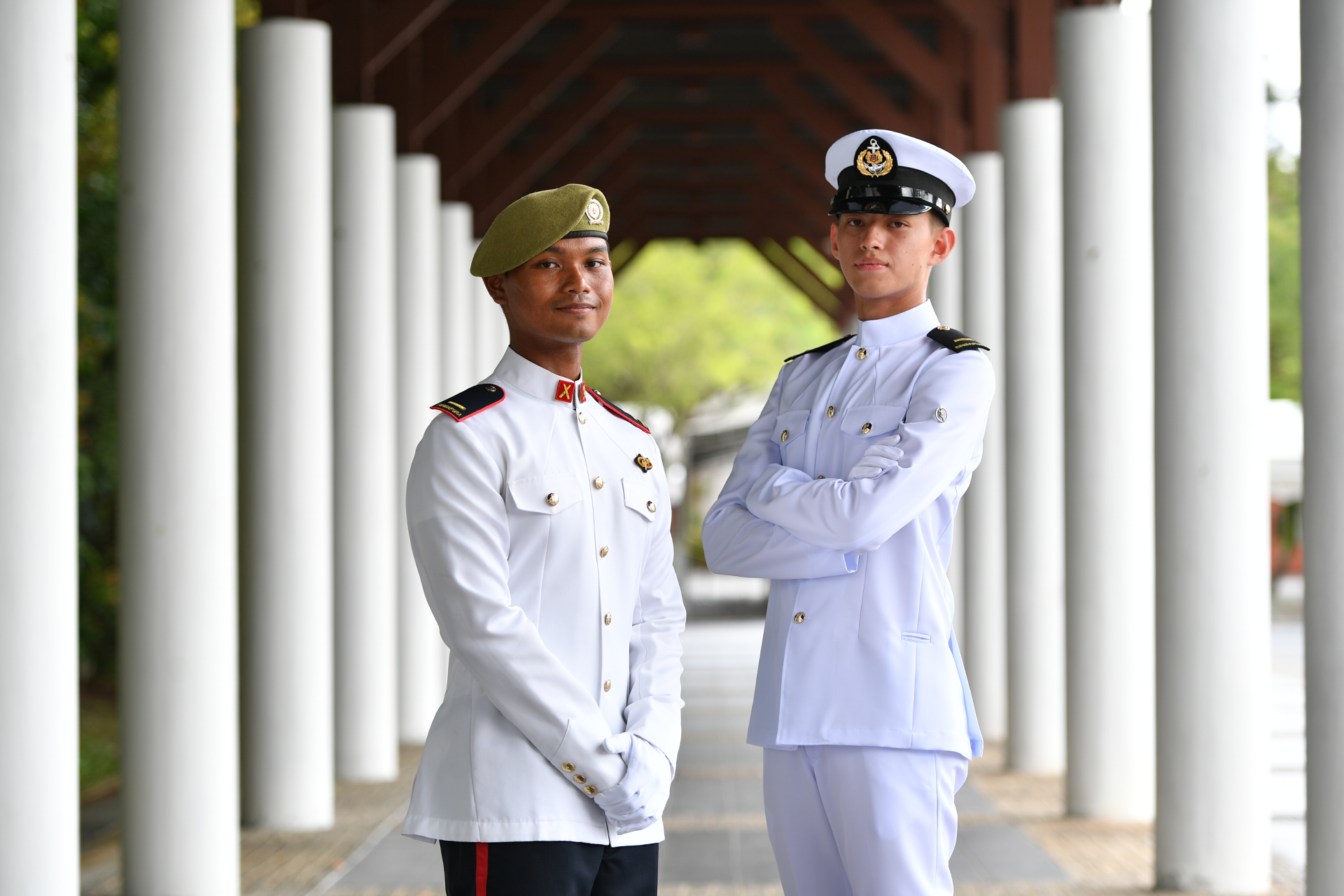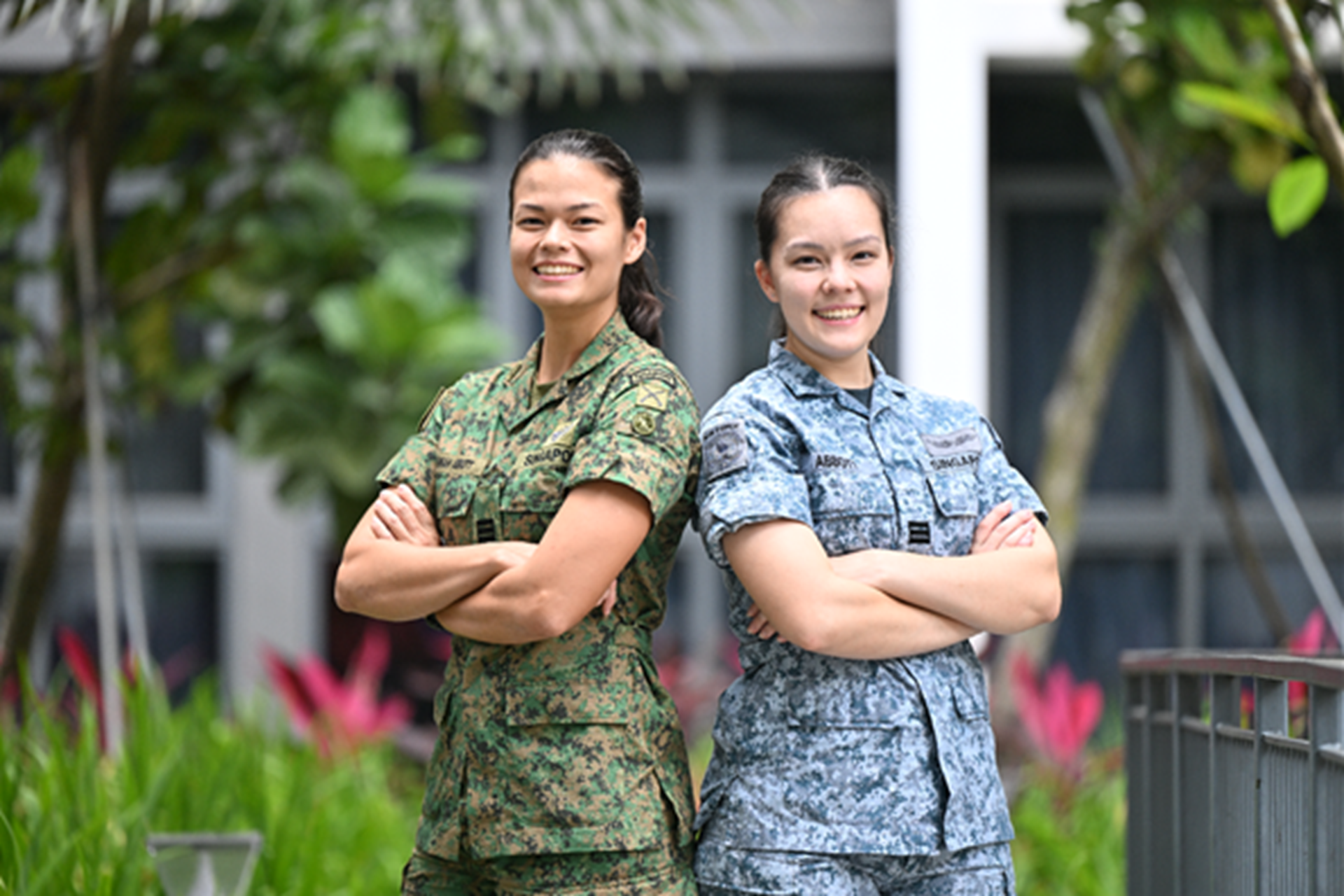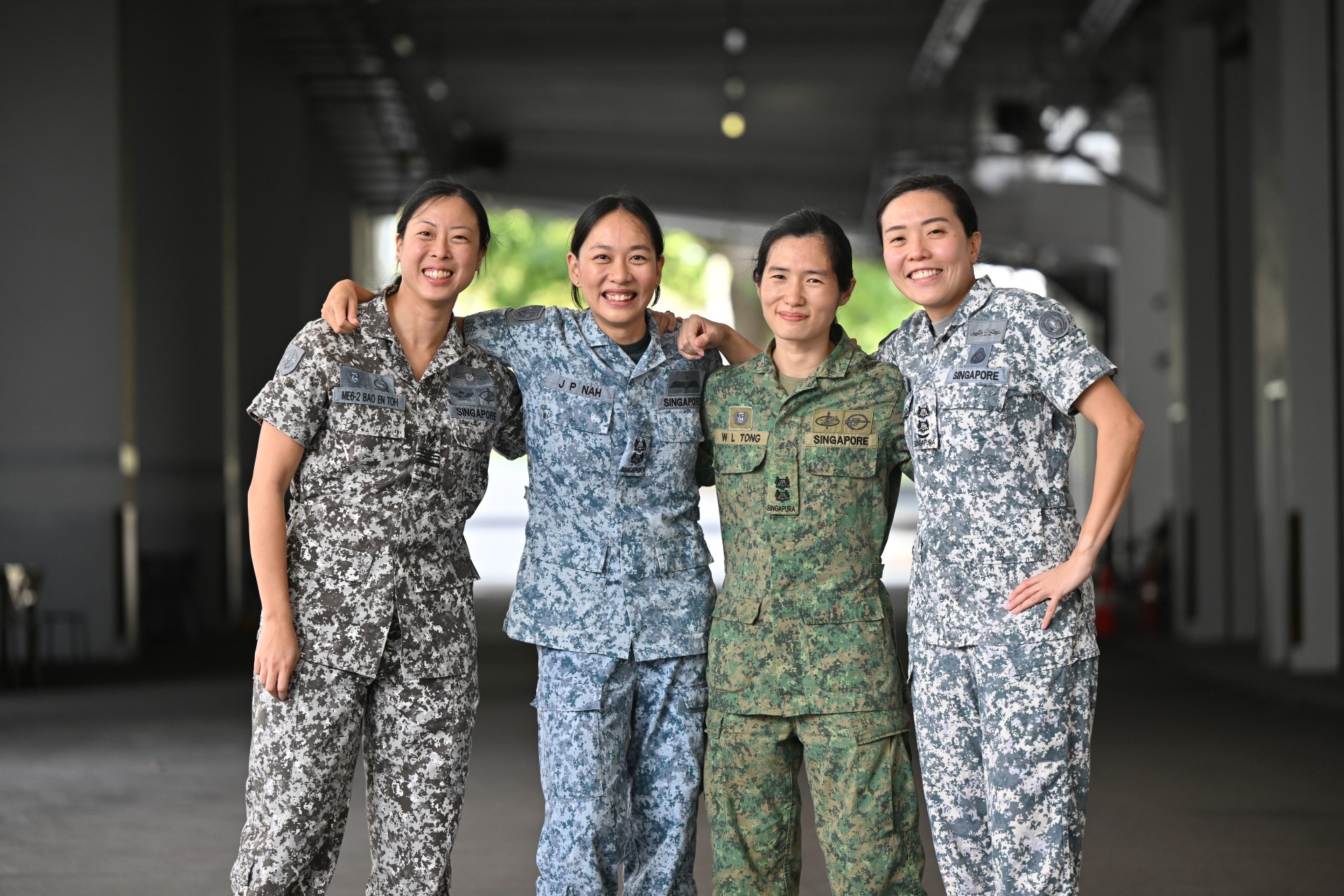NEW DSTA INTEGRATED COMPLEX PROMOTES GREATER INTER-DISCIPLINARY TEAMWORK
PHOTO // Shaun Ng
As security threats move away from the conventional to more complex and multi-faceted modes, so must our security evolve to tackle these new challenges.
Minister for Defence Dr Ng Eng Hen said this at the launch of the Defence Science and Technology Agency (DSTA) Integrated Complex, held on 29 Mar.
"Our security challenges, whether in the past, present or future, will require technology to provide solutions beyond more men and machines," said Dr Ng.
"So whether it's security threats from extremists, cyber warfare, biological pandemics, hybrid warfare, all of these in the security arena require our defence engineers and scientists to take a cross-disciplinary approach to problem-solving and innovation."
Located in the DSTA compound, the Integrated Complex comprises the existing Defence Technology Tower A (DTTA) and a new 12-storey extension block. The complex is large enough to accommodate DSTA's 3,000-odd staff members, who are currently housed in three offices at Science Park, Connection One and DTTA. The move to the Integrated Complex is set to take place over the next 12 to 14 months.
Fostering collaboration and teamwork
One of the key features of the complex's design is its highly-configurable workspace, aimed at promoting interaction and teamwork among staff members.
This is evident in the DSTA Innovation Lab, which adopts an open-office concept with tables that can be moved to suit the needs of specific projects. Dr Ng visited the laboratory and spent some time interacting with engineers, who were seated in their respective project clusters.
The one-stop and open concept was welcomed by Mr Leon Cheng, Head of the Cybersecurity Research and Technology Lab. He used to be stationed at Science Park, and had to shuttle to and from DTTA up to three times a week to attend meetings with his colleagues.
"By moving to the DSTA Integrated Complex, we are closer to our colleagues," he explained. "It will definitely facilitate collaborations with our colleagues (and make it easier) to have meetings or dynamic discussions about projects."
On the open-office concept, he said: "I'm from the Cybersecurity Programme Centre, and there are a lot of times when we have to work with each other to develop new solutions. Having this kind of open space will help software developers because we are not working in silos, we have to integrate our ideas with other teams as well."
50 years of defence technology
This year also marks the 50th anniversary of the Defence Technology Community (DTC), of which DSTA is a part. In his speech, Dr Ng highlighted the important role DSTA and the DTC have played in the growth of the Singapore Armed Forces (SAF) as a strong and credible defence force.
Dr Ng said: "Your (DSTA's) greatest achievement was that you built for Singapore our own defence science capabilities which would prove invaluable in upgrading and building not only discrete components of the SAF orbat, but integrating them so that, indeed, the whole is larger than the sum of its parts."
"You as the defence tech community members have played an integral role in transforming the SAF into a lean, networked and lethal fighting force. We have new technologies which allow us precision fires, advanced communications and information technology, as well as unmanned vehicles, to defeat potential adversaries," he added.
Professor Su Guaning, DSTA's first Chief Executive (CE), was impressed by the design of the complex and, in particular, its focus on bringing together staff members with a variety of skills and expertise to cooperate.
"The design of the complex has kept up with the times," he said, drawing similarities between the Integrated Complex and the interaction spaces in university libraries that encourage students from different disciplines to come together to exchange ideas. "If we'd had this in the past, we would have been able to bring different disciplines together to help solve some of the inter-disciplinary problems that the SAF faced and do better in terms of coming up with the solutions," he added.
Prof Su, who helmed DSTA from 2000 to 2002 and is one of the pioneers of the DTC, noted the shift from a reliance on manpower to technology. He said: "In the early days, human ingenuity counted for a lot more (and) technical competencies a little bit less because we didn't have as much training. And in terms of the equipment that we had, (it counted for) even less because we didn't have much money . With increasing resources, we can increase the resources devoted to defence."
During the event, Dr Ng also launched The DSTA Story, 2000-2015, a commemorative book showcasing the organisation's achievements and evolution alongside the SAF to develop its technological edge in defence.


